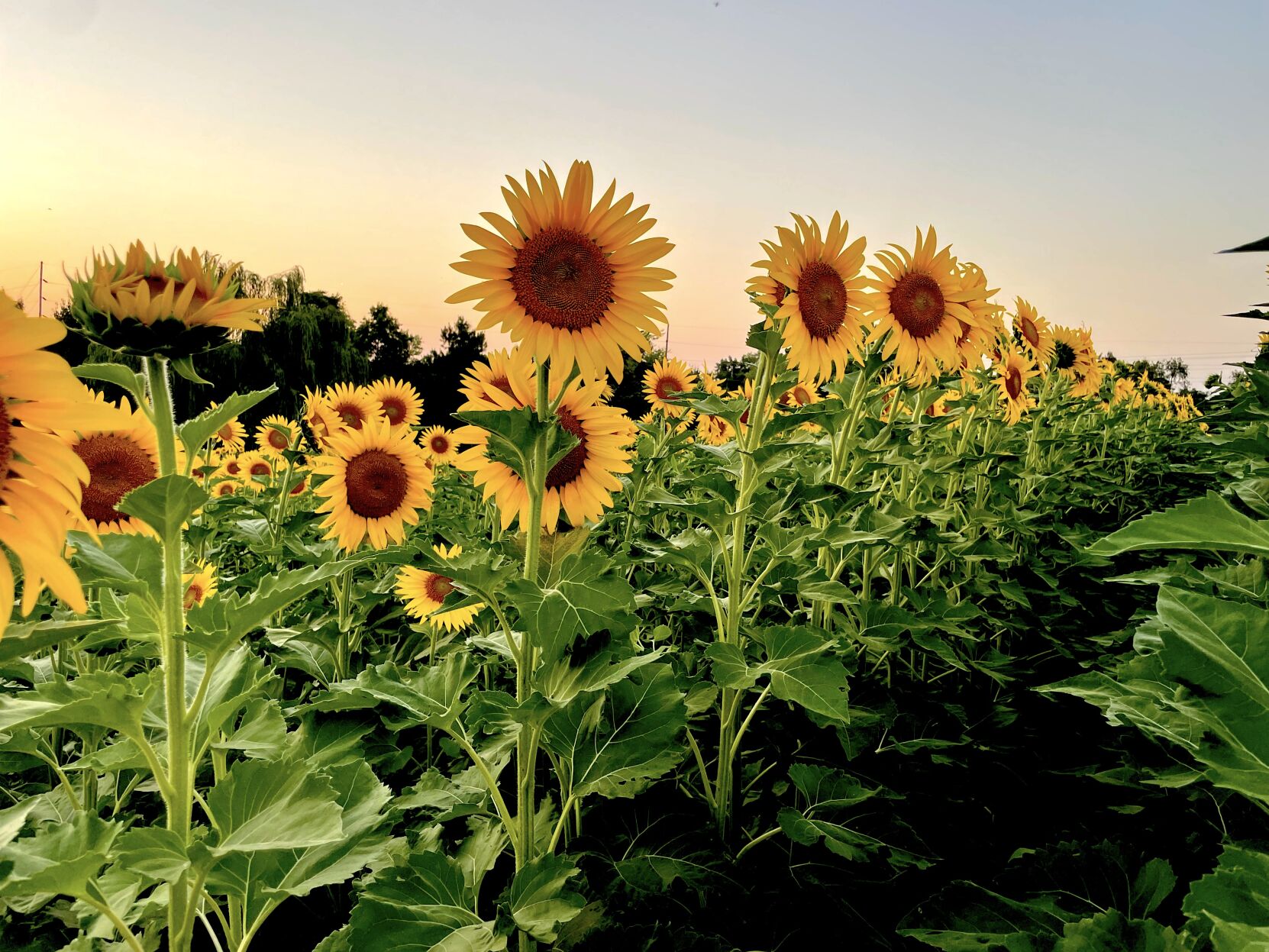Ukraine’s agriculture is weathering war

Despite taking important hits to its agricultural productivity and exports from the ongoing war with Russia that has resulted in the loss of about a fifth of its territory, Ukraine remains a top exporter in many ag markets.

With weather and logistics difficulties affecting some of its export competitors, some of Ukraine’s ag products are holding up. At the same time, the war and its disruptions have shifted crop production in the region. That was the conclusion of Antonina Broyaka in the latest of a series of webinars she gave Sept. 18 for Kansas State University.
Broyaka, an Extension associate at K-State, was associate professor and associate dean for research and dean of the faculty of economics and entrepreneurship at the Vinnytsia National Agrarian University in Ukraine before the war.
Broyaka began with an overview of how regional crop production has changed over the past few years. She said ag exports are more important than ever to the Ukrainian economy, with grain exports accounting for 23% of all Ukrainian exports. Within Ukraine, food insecurity has risen along with food inflation, she said. The cost of bread has risen by 43%, and 23% of all Ukrainians now say they are forced to economize on food purchases.
Agricultural yields are also lower than before the war, mainly because the supply of fertilizer was disrupted. Russia was and is a major fertilizer provider, as was Ukraine before the war, but supplies are scarcer and more expensive now. Broyaka estimated that fertilizer applications in Ukraine were 40% lower in 2024 compared to 2021.
“Yields will continue to decline, especially in sunflowers,” she said. The corn harvest is coming in at 11 million tons fewer than the last marketing year, while wheat exports are down by 5 million tons compared to the war’s beginning—less than the U.S. Department of Agriculture’s estimate.
Before the war, Russia was responsible for 16% of the global wheat market, while Ukraine had 21%. In the 2023-24 marketing year, Russia’s share had jumped to 25%, while Ukraine’s share decreased from 21% to 6.9%. Meanwhile, Kazakhstan has “significantly” increased wheat exports to China while reducing exports to Russia. Russian ag statistics are difficult to interpret since Russia now includes crop and ag statistics from occupied Ukrainian territory as “Russian.”
Ukraine has declined to fifth place in exports of sunflower seeds, a leading ag export crop that supplied western Europe’s demand for a renewable fuel feedstock. Sunflower prices are “favorable” for Ukraine right now, however, while soybeans are more profitable than other grains, although production is still 14% lower than before the war.
In graphs and charts that assumed the end of the war next year, Broyaka projected Ukrainian crop acreage and production for various crops through 2033. She said crop production and acres would shift from wheat and corn to more profitable oilseeds.
The full presentation is available at https://agmanager.info/2022-risk-and-profit-online-mini-conference-presentations.
David Murray can be reached at [email protected].



